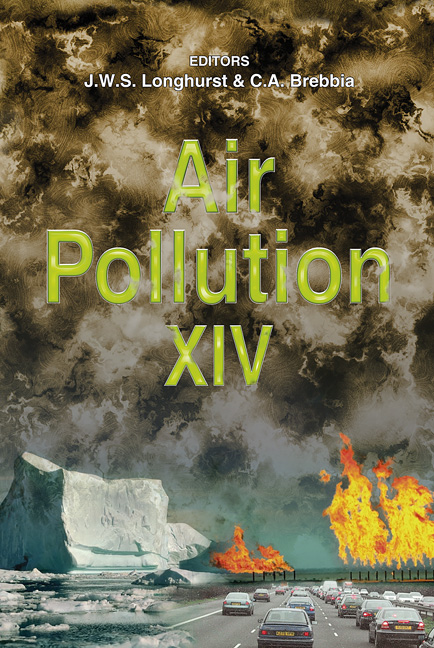Development Trajectory Of Energy Consumption And Carbon Emissions In Developing Countries
Price
Free (open access)
Transaction
Volume
86
Pages
9
Published
2006
Size
770 kb
Paper DOI
10.2495/AIR060661
Copyright
WIT Press
Author(s)
A. Dela Cruz Generosa & T. Fujita
Abstract
This paper uses a complete decomposition model to study cross-country comparison of development trajectories of energy utilization and carbon emissions in developing economies. Variation in total energy consumption and carbon emissions is dominated by economic activity effect in 83 developing countries from 1980 to 2003. Country-specific contribution and comparative intensity analysis reveal that improvements in energy efficiency can be accompanied by a slower switch to cleaner or less carbon intensive fuels. Keywords: decomposition, energy efficiency, carbon intensity, fuel-switching. 1 Introduction Climate change mitigation requires broader and meaningful participation of all countries. However,most developing countries remain reluctant to coordinate policies and commitment to globalmitigation effort. Although the Kyoto Protocol suggests common but differentiated responsibilities [1] from all countries, whether developing countries are able to engage in emissions reduction strategy is still open to debate. In this paper, we use a decompositionmodel introduced by Sun [2] to explain the sources of variation in energy consumption and carbon emissions in an expanded data set of 83 developing economies. Unlike the usual end-time period comparison in the literature, we compare annual values to a base year. As in Luukkanen and Kaivo-oja [3, 4] and Lise [5], we continue analysis on the dynamics of energy use and carbon emissions using the Kyoto prescribed 1990 base year. An analysis on the deviation from the baseline period contributes in designing and planning climate change strategies and policies at the national level, and in search for more meaningful participation of developing countries at an international level.
Keywords
decomposition, energy efficiency, carbon intensity, fuel-switching.





